This issue includes articles exploring birds throughout national parks in Alaska. Particular emphasis is on the changing ways to study birds, and the increasing importance not just on the summer homes of birds in Alaska, but the routes between their wintering and summer breeding grounds.
-
Article 1: Swan Song: Introduction to Volume 14, Issue 2 of Alaska Park Science
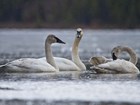
An introduction to Volume 14, Issue 2. We’re focusing this issue of Alaska Park Science (APS) on birds: their natural history, local and traditional knowledge, field studies, and scientific research in Alaska’s national parks. You will also find a print-friendly version of this issue available for download. Read more
-
Denali National Park & Preserve
Article 2: Avian Soundscape Ecology in Denali National Park
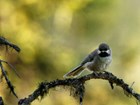
It may surprise you to find the National Park Service recognizes and protects these songs as part of the entirety of the natural acoustic environment. An understanding of how the entire acoustic environment affects an observer’s ability to quantify diversity is an important consideration of any auditory-based wildlife survey. Read more
-
Denali National Park & Preserve
Article 3: Critical Connections: Conserving Migratory Birds in Alaska’s National Parks
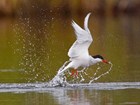
Conserving migratory species is one of the greatest challenges facing the NPS, particularly as human activities spread across areas used by migratory animals. Migratory birds nesting in NPS areas present unique conservation challenges because they are influenced by conditions and events in more than one part of the world, including along their migration routes and wintering areas that are often thousands of miles away from their protected breeding grounds. Read more
-
Kenai Fjords National Park
Article 4: Black Oystercatchers in Kenai Fjords: A Keystone of the Intertidal Zone
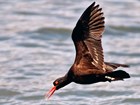
Black oystercatchers play a vital role in the nearshore ecosystem and a visit to the Kenai Fjords coast wouldn’t be the same without their colorful presence and the sound of their piping call. A monitoring program has provided some insights into their role as a keystone predator in Kenai Fjords; however, studies to date may have limitations and further research is needed. Read more
-
Denali National Park & Preserve
Article 5: Conserving Migratory Golden Eagles in a Rapidly Changing World: What Role Will the NPS Play?
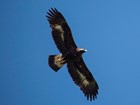
Alaska Park Science (2015) - Within just six weeks of fledging, some of Denali’s juvenile eagles fly over 4,000 miles to spend the winter in central Mexico. Here they are in the company of other migratory golden eagles from interior and northern Alaska and northwest Canada, flying back to Alaska in the spring. Changing climate, and changing habitat over those thousands of miles, presents significant challenges to eagles' survivability. Read more
-
Glacier Bay National Park & Preserve
Article 6: Glaucous-winged Gull Monitoring and Egg Harvest in Glacier Bay, Alaska
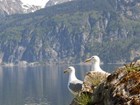
In July 2014, President Obama signed the Huna Tlingit Traditional Gull Egg Use Act (P.L. 113-142) into law mark- ing an important step in a long journey to authorize the harvest of glaucous-winged gull eggs by the Huna Tlingit in their traditional homeland of Glacier Bay National Park (Figure 1). The science behind the law - both ethnographic and biological - stretches long into the past and will presumably continue long into the future (Figure 2). Read more
-
Article 7: Birds of the Arctic
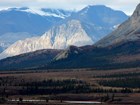
Simon Paneak, a Nunamiut hunter, spent most of his adult life living in Anaktuvuk Pass in the Brooks Range. Simon was a fountain of traditional ecological knowledge, as were other adults within his community. However, Simon spoke, read, and wrote English, which facilitated his long collegial relationships with a variety of researchers interested in Arctic cultural and biological ecosystems. Read more
-
Cape Krusenstern National Monument
Article 8: The Birds of Bob Uhl's Journals

Bob Uhl and his wife Carrie lived in remote sites in Cape Krusenstern National Monument for more than 50 years. From 1990 to 2004 Bob kept journals of daily observations. Birds appear in almost every day’s entry. As a subsistence user, Bob related to the birds as a source of food. As a fellow dweller of the natural world, he also saw them as friends. Above all, however, Bob was a naturalist who knew changes in certain populations affected other parts of the ecosystem. Read more
-
Article 9: Birding is for Everyone!
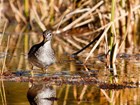
Whether you are interested in participating in annual bird-related activities or festivals, contributing to science by recording bird sightings from your living room, or participating in monthly beach walks to document seabird mortality, there are plenty of ways to get out and bird! Read more
-
Article 10: Looking Back—A Heady Time for National Park Service Science in Alaska
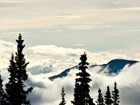
Spurred by Alaska gaining statehood and the Alaska Native Claims Settlement Act (ANCSA), the 1970s saw a spurt of scientific activity that gave experienced Alaska investigators additional access to remote field study sites and introduced investigators new to Alaska to exciting and challenging opportunities for conducting field study in remote places. Read more
